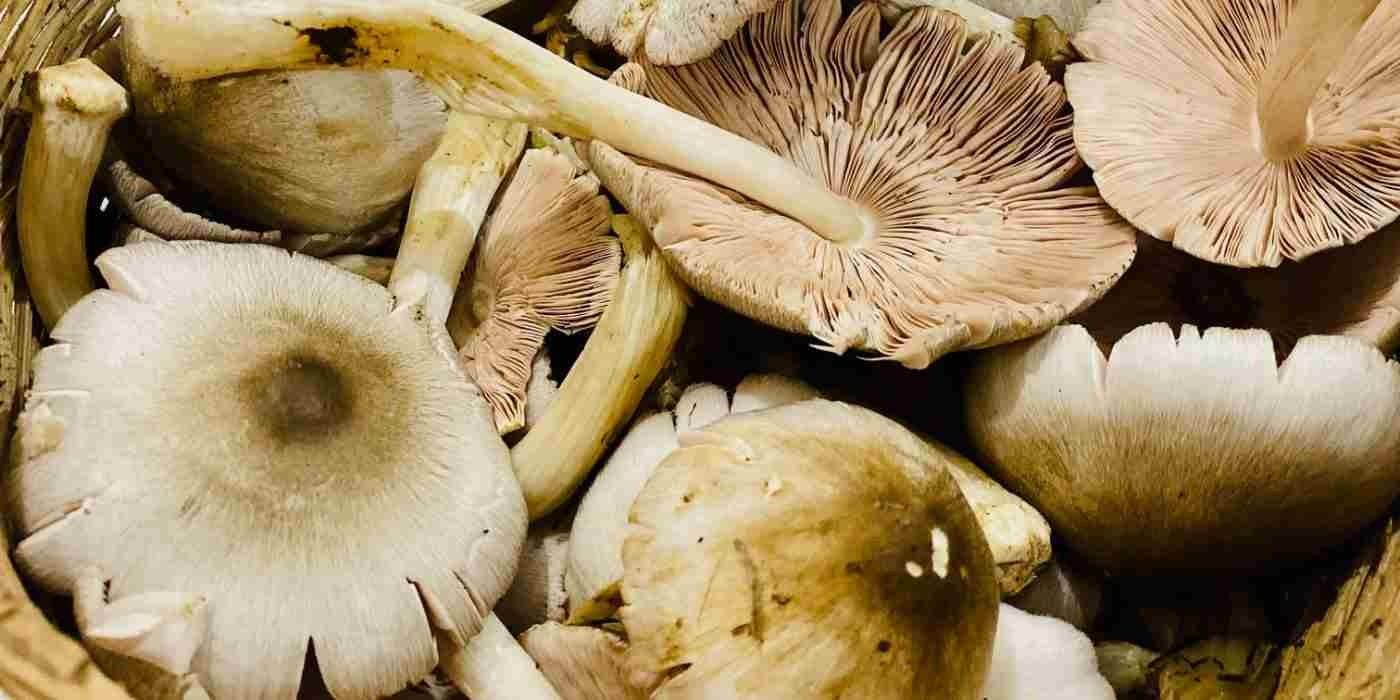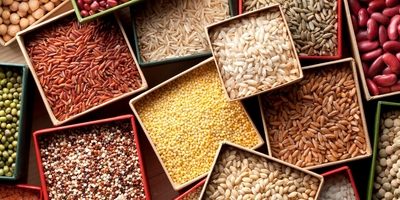
Contribution of indigenous foods towards nutritional status of tribal communities of India
Background
The central paradigm of survival is the maintenance of the integral synergism between humans and their environment. The increasing gap between global food demand and supply as well as the double burden of over- and under-nutrition-related diseases indicates a need for finding and implementing innovative food-based strategies that achieve food sufficiency and ensure nutritional quality. Indigenous tribal people retain knowledge of their land and indigenous food systems rooted in historical continuity within their region. Indigenous foods are usually not purchased but obtained locally from the natural environment and utilised based on traditional wisdom and knowledge.
The tribal communities of India have a disproportionately higher level of maternal and child undernutrition and child mortality. Despite a rich habitat of natural foods (indigenous foods) in the Indian tribal food system that has the potential to promote food security and nutrition, challenges of geography, agricultural technology, cultural habits, lack of formal education, poor infrastructure, and poverty often lead to poor nutrition and health in these communities. The tribal communities of Jharkhand thus provide a relevant case study for understanding the wide diversity of their food systems and leveraging their agroforestry systems to improve dietary diversity, nutrition status and address food security.
Aim
The overarching aim of this study was to evaluate the potential of indigenous foods in contributing to dietary diversity and nutrient intake for improving food security and nutritional status of vulnerable tribal communities of Jharkhand.
Specific aims include:
- To characterize the food environment to
- Map availability, access, and utilisation of indigenous foods by specific tribal communities.
- Assess any shift in dietary patterns in these communities vis-à-vis the indigenous food intake
- Characterize their farming system to understand constraints and opportunities for improving indigenous food production
- Examine barriers and facilitators to increase the production, procurement, and consumption of indigenous foods
- To assess the nutritive value of indigenous foods that are routinely accessed
- To estimate the contribution of indigenous foods to nutrient intake and nutritional status of the communities
Research Methodology
This was an exploratory, cross-sectional mixed-methods study with a longitudinal component of dietary intake assessment to account for seasonal variation in food and nutrient intake. This study was conducted from May 2017 to April 2023. Study sites included randomly selected villages of selected blocks of Godda, Khunti and West Singhbhum districts of Jharkhand, inhabited by Sauria Paharia, Santhal, Munda and Ho communities respectively.
Current Status
The project has been completed. The study team has published several manuscripts during the study duration and is in the process of developing more manuscripts.
List of publications
Conceptual framework of the study and review papers on i) nutritional outcomes in indigenous women of India and ii) nutritive profile of indigenous foods of India
Indigenous Foods of Sauria Paharia tribal community, impact of climate change on food systems and contribution of indigenous foods to dietary intake and nutritional status of women
Indigenous Foods of Munda tribal community and their contribution to dietary intake and nutritional status of women
Biomarker assessments in Sauria Paharia and Santhal women of Jharkhand
Value chain assessments of Indigenous foods in Sauria Paharia and Munda communities



